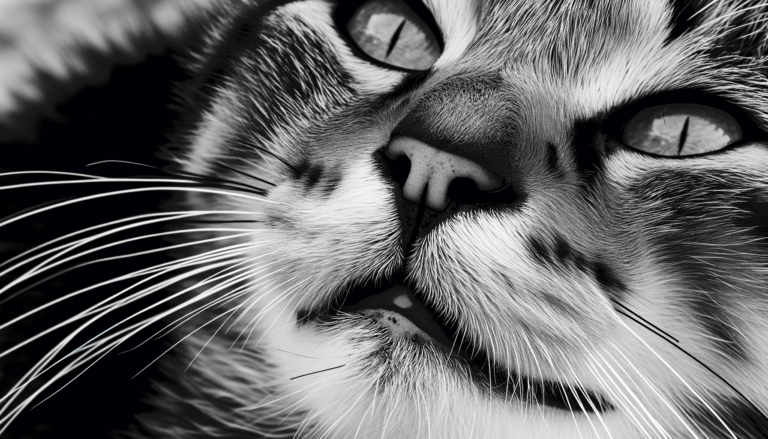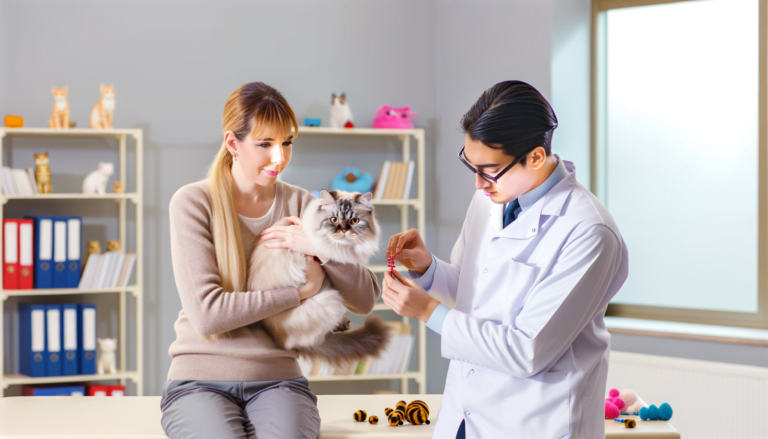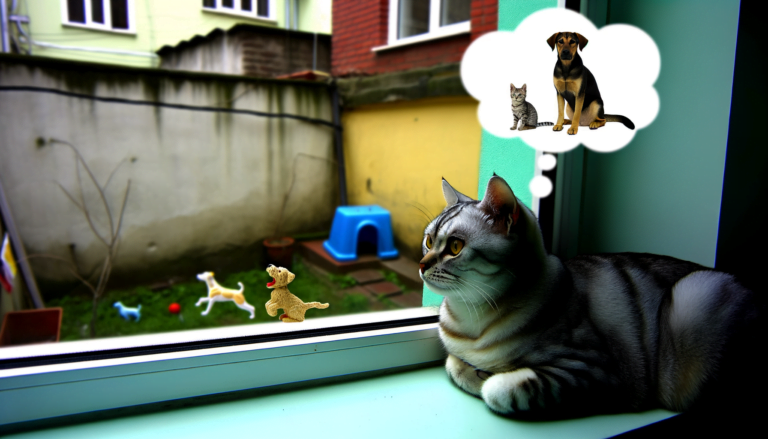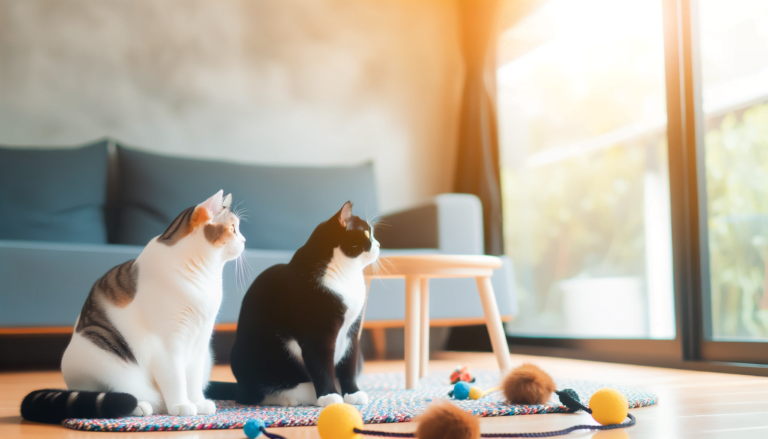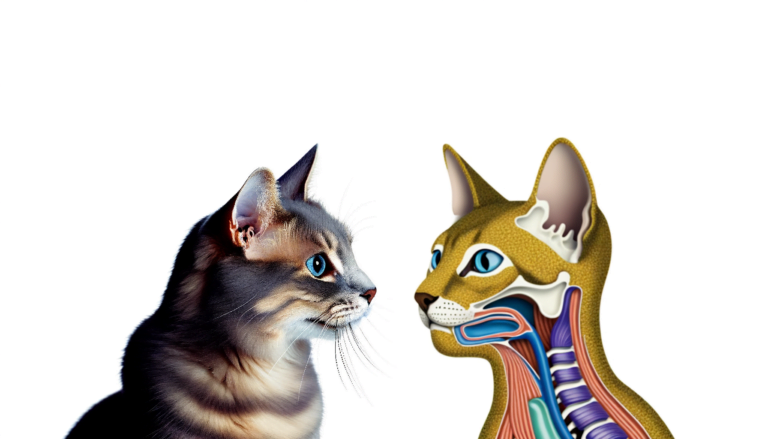Unveiling the Truth: Do Tabby Cats Really Shed?
Indeed, Tabby cats do shed. This is a normal and healthy process for them, just like in other breeds of cats. The frequency and volume of shedding can depend on various factors such as the cat’s diet, health, and genetics. Regular grooming can help to manage shedding, and it’s also a great way to bond with your feline friend!
Shedding Patterns in Tabby Cats
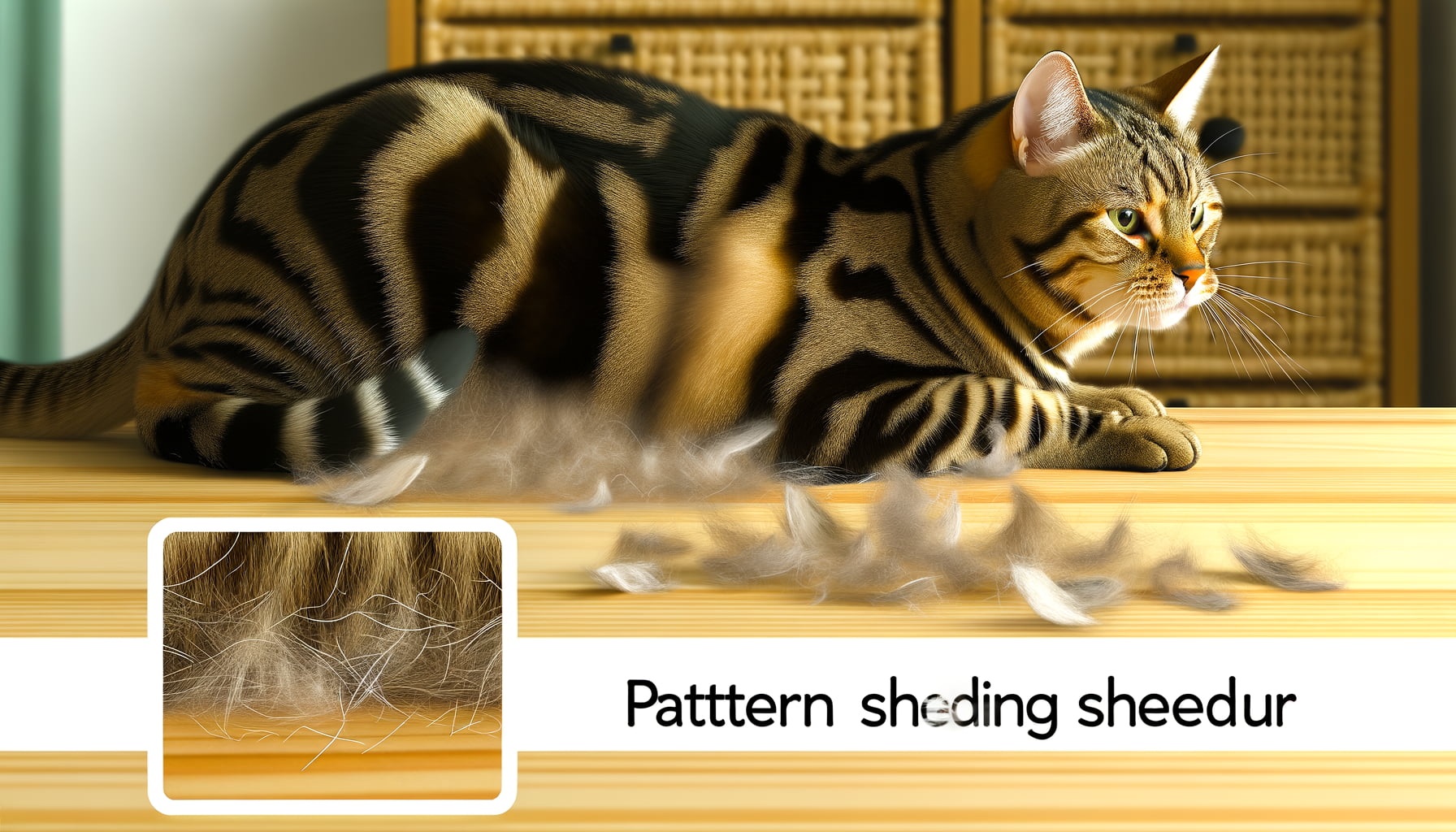
Tabby cats, much like their feline counterparts, have a distinct shedding pattern. For many, shedding is a natural means of eliminating old and damaged hairs. With Tabbies, this process tends to follow the seasons. Primarily, shedding heightens during spring, in response to increased daylight, preparing the cat for warmer weather.
A healthy Tabby cat typically experiences two major shedding periods in a year. As part of their uniqueness, they let go of the denser winter coat around spring, making for less heavy fur in the approaching summer. As the fall season begins, they shed their summer coat, allowing for the growth of denser fur in readiness for colder months.
It’s paramount to note that indoor Tabbies might have less noticeable shedding patterns. This is because indoor lighting and regulated temperatures can modify the cycle. However, regular grooming assists indoor Tabbies in shedding and aids in maintaining their splendid, striped fur. Despite their evident shedding patterns, rest assured that Tabby cats are not heavy shedders compared to other cat breeds.
Factors Influencing Shedding in Tabby Cats
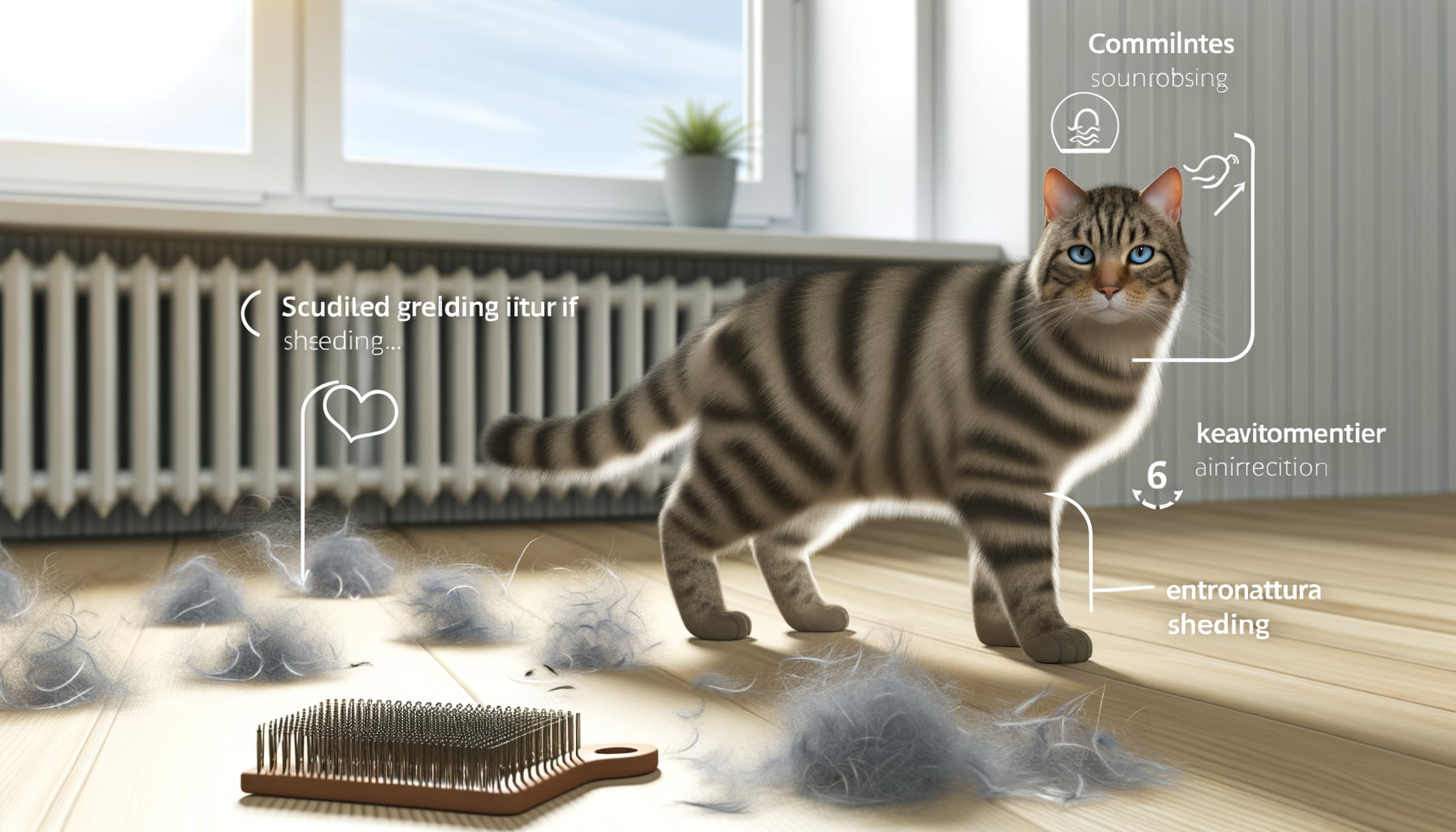
Noteworthy components potentially shaping the shedding patterns in our feline companions involve a plethora of elements, from environmental factors to dietary habits. Certainly, when speaking of Tabby cats, seasonal changes play an essential role; as with many animals, their bodies respond to shifts in daylight hours, generating a remarkable increase or decrease in the shedding process.
Secondly, nutrition plays its part, as a balanced and healthy diet contributes to better skin and fur health, consequently reducing excessive shedding. A diet lacking essential nutrients may lead to poor coat condition, thereby increasing fur loss. Similarly, hydration is a significant factor, ensuring their skin remains healthy and flexible.
Conclusively, health conditions can also cause excessive shedding in Tabby cats. Different health issues, such as allergies, infections, or hormonal imbalances, could contribute to an upsurge in shedding. Thus, appropriate veterinary care can help mitigate these conditions and manage shedding levels accordingly.
Characteristics of Tabby Cat’s Fur
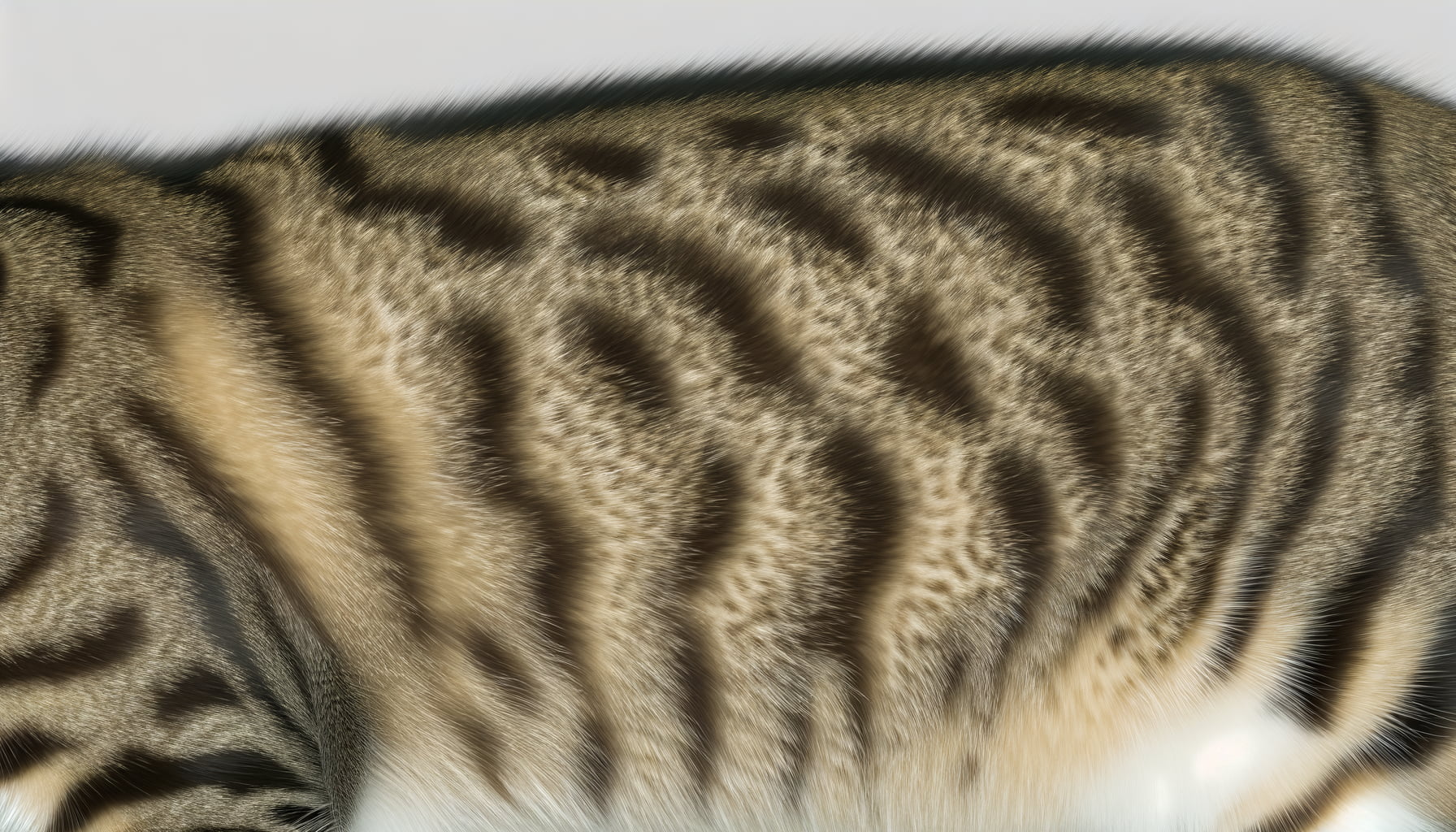
A crucial characteristic of a Tabby cat’s fur is its distinct “M” pattern on the forehead. Still, this identifying trait has little to do with shedding. Primarily, their fur encompasses an array of shades and stripes, varying from warm ginger hues to cooler grey tones. Regardless of the color, Tabby cats present a double coat of fur, with a soft, downy undercoat beneath a layer of glossy, more extended guard hairs.
However, much like any other feline, Tabby cats do shed. It’s a widespread misconception that they might shed more or less due to their patterned fur. In reality, the layering and coloring do not influence the shedding process. Their shedding habits are instead influenced by factors like age, diet, and general health rather than their characteristic fur patterns or colors.
Prowess at shedding is not exclusive to Tabby cats. Indeed, many owners observe a spike in shedding during seasonal transitions due to changes in daylight hours. These changes can stimulate hair growth cycles in cats, causing more pronounced shedding during these periods. Therefore, it’s important to remember that shedding is natural and typically implies a healthy coat renewal process.
Understanding Cat Shedding: An Overview
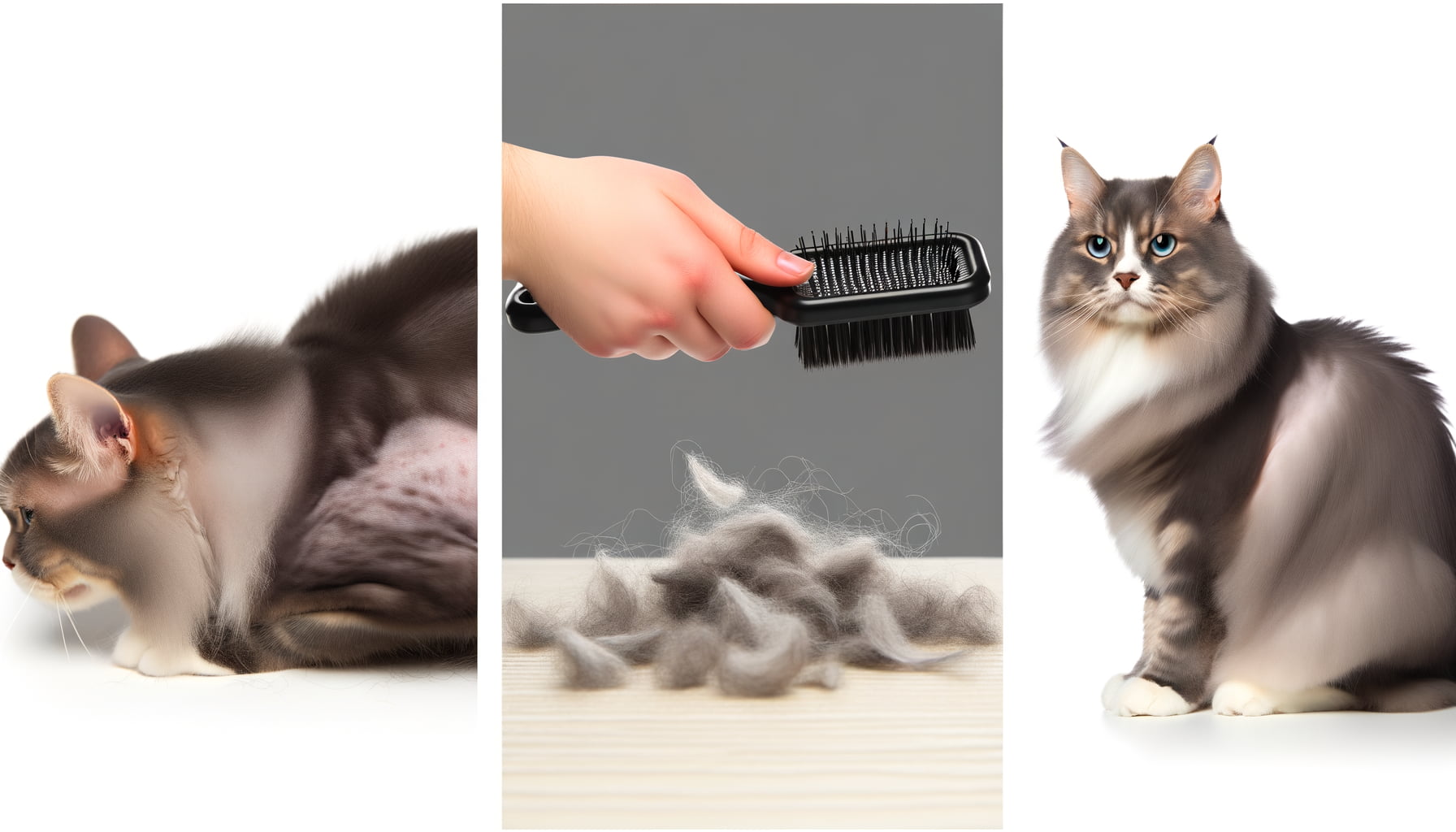
Shedding, a natural process, is experienced by all breeds of cats, including Tabby cats. This phenomenon involves the loss of old fur so new growth can surface, maintaining the coat’s health. It’s an integral part of a cat’s physiological system, just as humans lose and regenerate hair. The shedding process for Tabby cats, however, can vastly differ from one to another, conditioned by factors such as age, diet, health, and seasons.
The Tabby cat’s fur consists of an undercoat, known as down hairs, and an outer layer, or guard hairs. The undercoat is typically soft and dense, serving as insulation, while the coarser guard hairs protect the skin. It’s this complex and dual-layered fur structure that dictates the shedding cycle.
When examining shedding patterns, it’s important to contrast the average feline with a Tabby cat. While general cat shedding can fluctuate with changes in daylight hours, there’s a consistent variability among Tabbies. This means that shedding may not necessarily increase in warmer months, as often observed in the general cat population. However, Tabbies do shed, and understanding this process assists in better care and maintenance of these feline’s unique fur.
Conclusion
After exploring the shedding patterns of tabby cats in detail, it is clear that these beloved felines do indeed shed. The varying shedding rates among individuals can be influenced by factors such as breed, age, and overall health. While regular grooming can help manage the pet hair situation, tabby cat owners can rest assured that some shedding is simply a part of living with these charming companions.
By debunking the myth surrounding tabby cats and shedding, we hope to provide cat owners with a better understanding of their furry friends. Embracing the shedding habits of tabby cats as a natural part of pet ownership can lead to a more harmonious and loving relationship between humans and their beloved feline companions.

